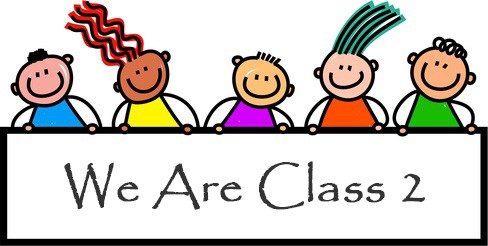Wow class 2 I was overwhelmed by your work yesterday. Your alien conversations particularly impressed me and there were lots of thoughtful explanations for properties of materials. I also have lots of alien descriptions too, which I will be sharing later in the week. I hope you enjoyed the space programme on Cbeebies if you got chance to watch it. Here’s just a snapshot of your fabulous work and some videos of your friends role-playing their alien conversations and discussing yesterday’ science work.

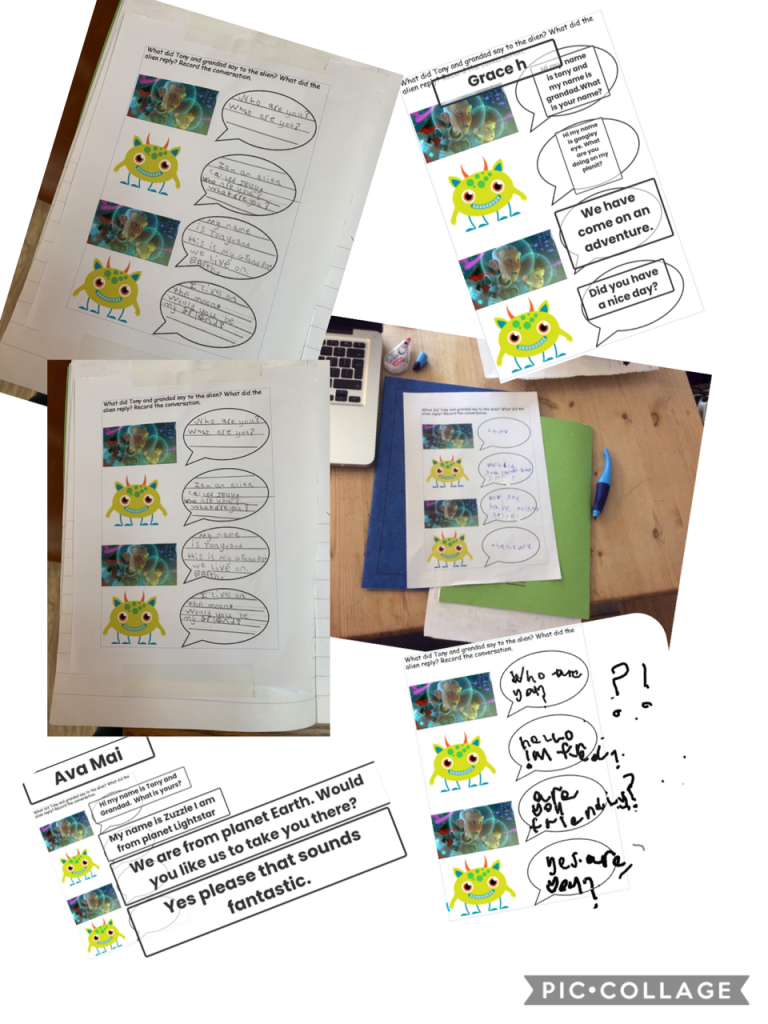
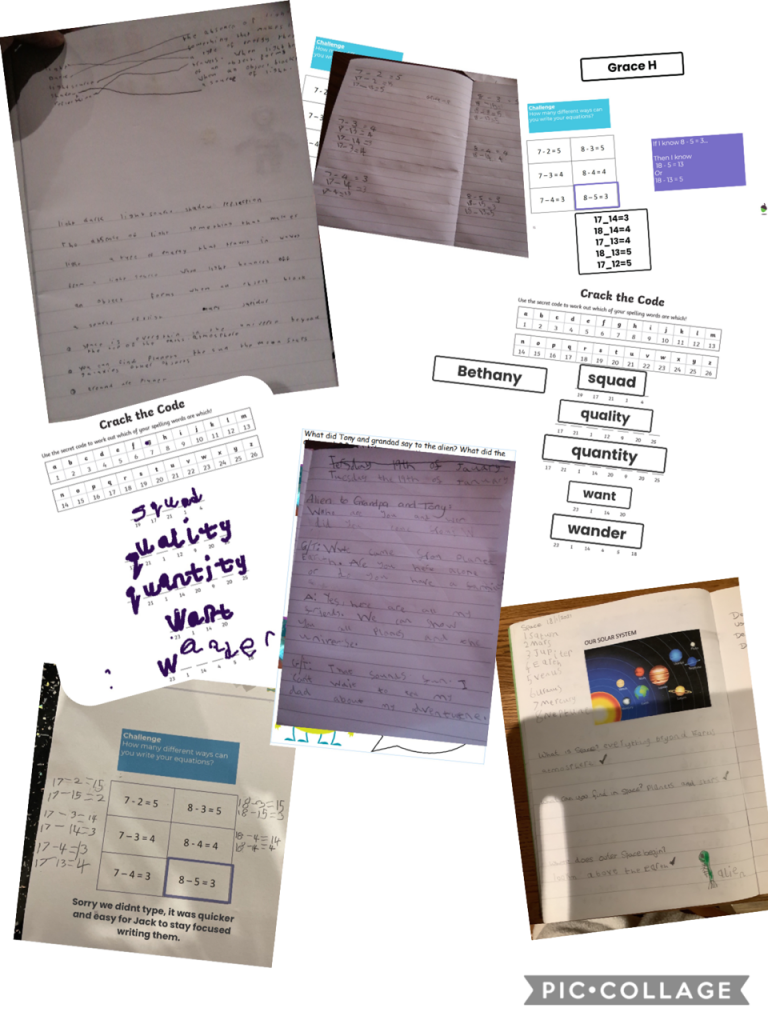
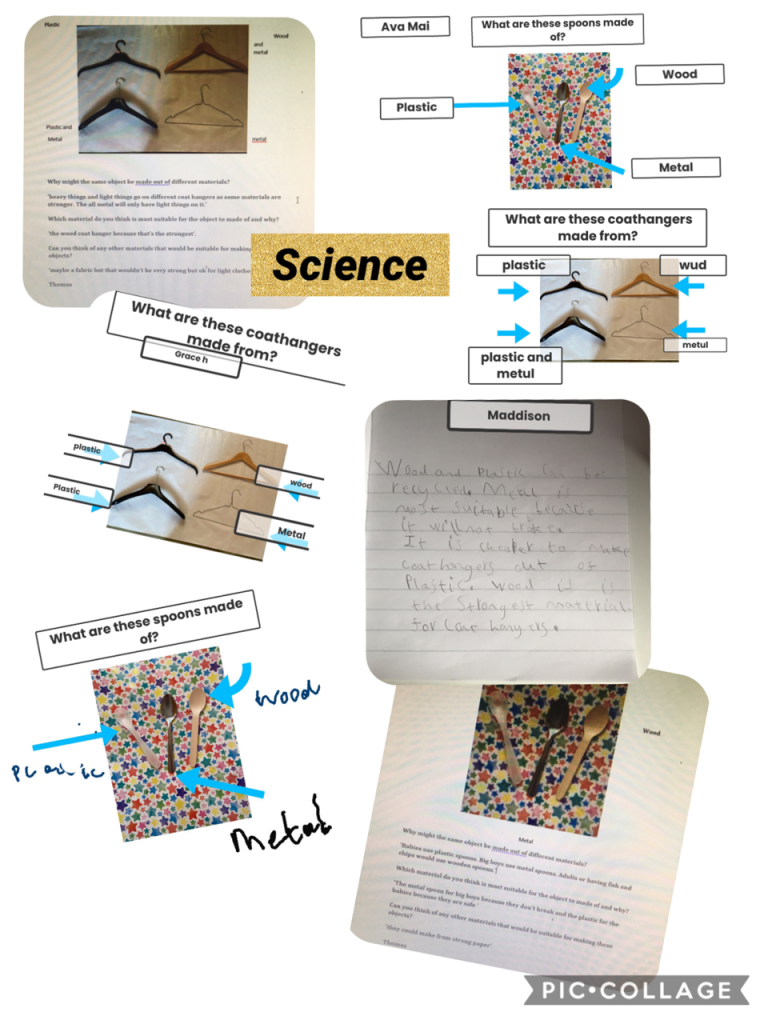
The plan for today is:
English – creating a story mountain and starting your own space story
Spelling – riddles
Maths – adding one to 2-digit numbers
Art- colour wheels
Wellbeing activities
English: Today your task is to plan and start work on a new adventure in space for Tony and grandpa. What could happen? Will they visit the planet where the alien lives that he spoke to yesterday or will they blast off to the moon? Perhaps they land on a new planet that hasn’t been discovered yet, it’s up to you as it’s your story. Don’t forget to use lots of description in your writing so that we can paint a picture of what is happening in our heads. How is Tony feeling? Nervous, excited or both? There is a word bank template on Seesaw to help you and also a story mountain template to use if you wish. You can write your story in your homework book. This is quite a long task so there won’t be a new English task tomorrow so that you can keep working on this one. This is the same story mountain template that you used to plan your Lighthouse Keeper stories before Christmas. Remember to put your setting at the top, (space, spaceship, imaginary planet, the moon??) and your characters at the other side. Then start with the introduction and move up your story mountain to the problem. Then come back down the other side saying how the problem gets solved (the resolution). You can use sentences or key words on your story mountain or you could even draw your story map and label each picture. As long as it helps you to know what is going to happen in your story and what ideas to write about. You can also include your alien conversation work that you did yesterday as part of your story. Don’t rush your story – we wouldn’t write it all in one or even two English lessons at school so think carefully about using interesting description and correct punctuation. Check your work carefully.
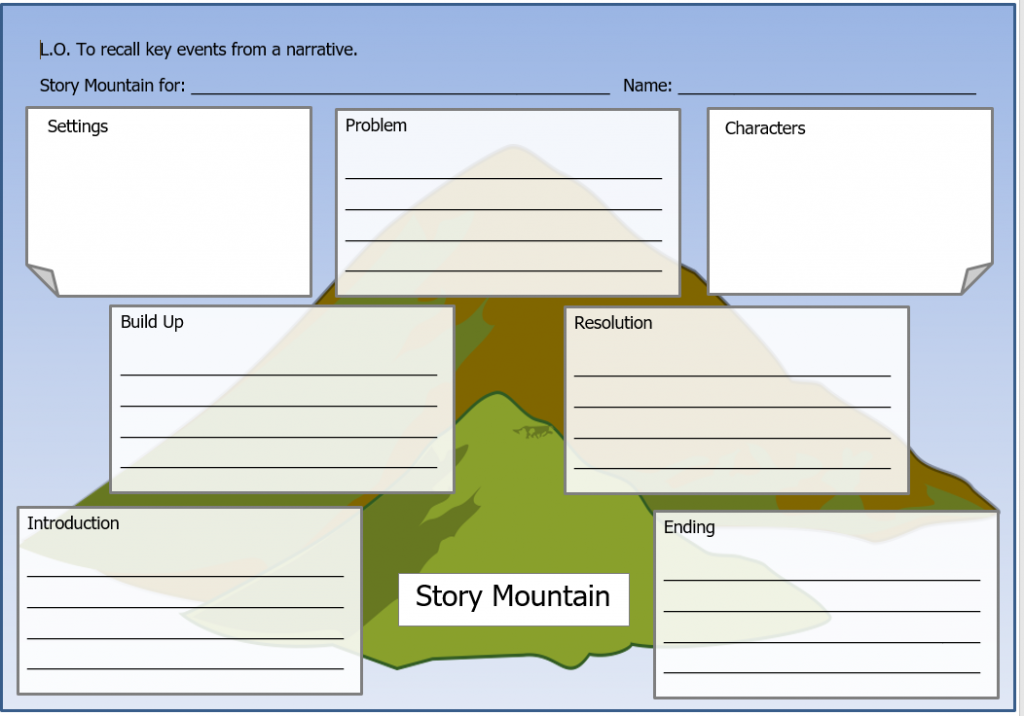
Spelling: Today I am posting some riddles to help you work out some of your spelling words for this week. When you have solved them all, see if you can write a riddle for a different spelling word and upload to Seesaw so we can share your riddles and try and solve them.

Maths: Time for lesson three of our addition and subtraction work for the week. Today is adding and subtracting ones (units) from any number within 100 and using your knowledge of number bonds and maths facts to help you. https://classroom.thenational.academy/lessons/adding-and-subtracting-ones-from-a-2-digit-number-60wkar No worksheet today, write or type your work onto Seesaw or upload a photo.
Here is the exit quiz for when you have completed the lesson. https://classroom.thenational.academy/lessons/adding-and-subtracting-ones-from-a-2-digit-number-60wkar?step=4&activity=exit_quiz
Art: Today I have a nice practical activity using objects from around your house. You are going to create a colour wheel. If we were in school we would be painting a colour wheel and finding out what secondary colours and tints and shades we could make from mixing different colours. You can try that too if you have paints at home. More about that in a moment. For now, think of your colour wheel as a rainbow of colour where the ends join to make a complete circle. Focus on the primary colours (red, blue and yellow) and then the colours that can be made by mixing these colours. How many different objects can you find to put into your colour wheel? Here are some ideas to help you. Upload your photos to Seesaw or email them to me.
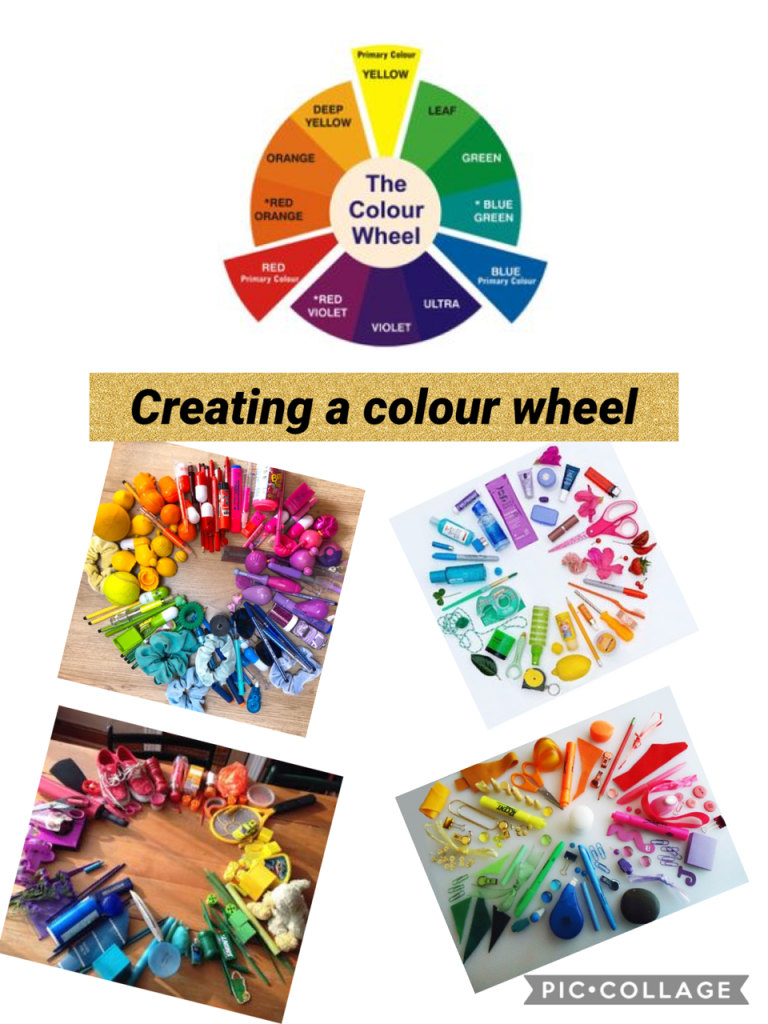
if you want to experiment with paints. You already know the primary colours are red, blue and yellow. These colours can’t be made by mixing any others colours. Secondary colours are made by mixing primary colours.
What secondary colour do you get by mixing red and yellow?
What secondary colour do you get by mixing red and blue?
What secondary colour do you get by mixing blue and yellow?
You can also create tints and tones. A tint is when white is added to a colour. A good example of this is pink. A shade is when black is added to a colour. You will create lots of different variations of colour depending on how much you add of each colour. Have fun finding out!
Wellbeing Wednesday: Some mindfulness colouring for you to do (template on Seesaw) with an important message! (Not posted here due to copyright).
Finally how about some space themed yoga from Cosmic Yoga. We have done some of these routines in school and most of you enjoyed it. Yoga can be very calming and relaxing and is a nice way to finish the day.
